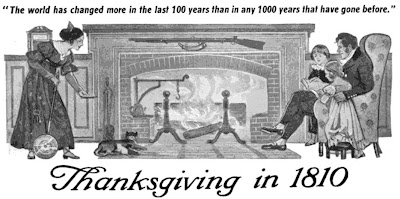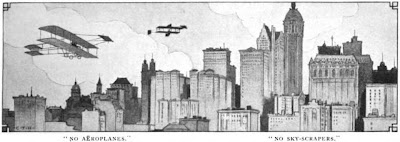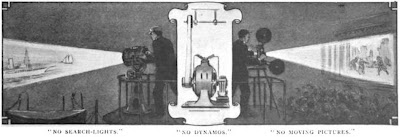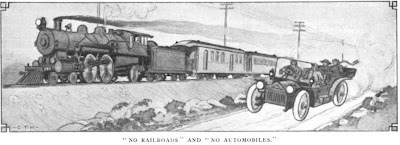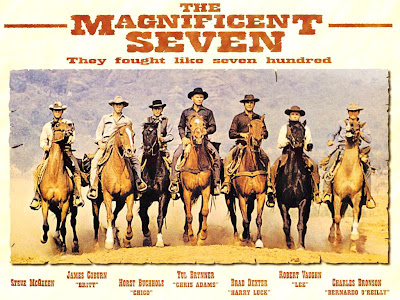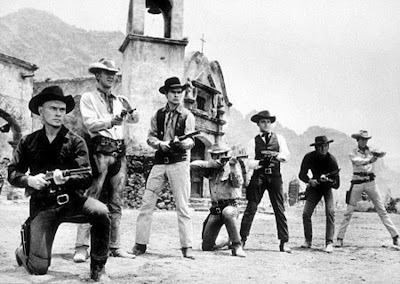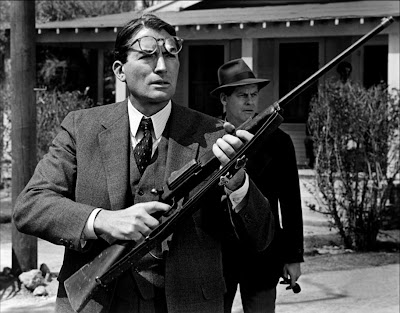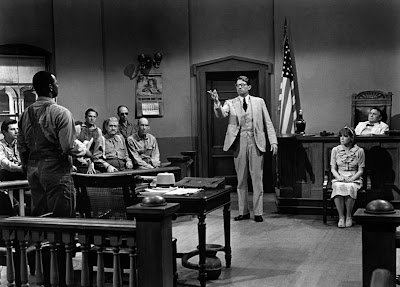As you know, we here at Abnormal Use often pause to reflect upon sentimental anniversaries. We can’t help it.
Today, we offer this piece on the tenth anniversary of my graduation from Baylor Law School.
It was February 9, 2002, in Waco, Texas, when I graduated from law school, ten years ago today.
First things first, yes, I graduated from law school in February. This is due to the fact that Baylor Law School, which runs on quarters rather than semesters, occasionally prompts an odd graduation date. So, there I was, in February of 2002, preparing to graduate and take the February bar exam later that month. That’s just the way we roll at Baylor University.
I had always enjoyed my time at Baylor Law. A relatively small institution, it boasted a total of 450 enrolled students at the time of my graduation a decade ago. When I started at Baylor Law in May of 1999 (another unusual start date, due to the quarter system), I had only 30 or so students in my starting quarter. You always hear the stories of cutthroat classmates at larger schools; but this was not the case at Baylor, as the school was simply too small for anyone to get away with such antics. Really, there was an unusual esprit de corps in the student body, brought about both by the size of the institution but also the shared looming dread of Baylor’s very difficult third year curriculum (a mandatory year long advocacy and civil procedure program known as Practice Court).
For the occasion of my graduation, my parents, my brother, and even some friends, trekked to Waco. Few of them had previously visited my fair city. Most only knew the town because of its relatively recent notoriety from the Branch Davidian standoff just a decade before. But we all met at the brand new Sheila and Walter Umphrey Law Center, which had just opened a few months before in the fall of 2001. (In the late 1990s, Baylor Law alum Walter Umphrey, a famous Plaintiff’s attorney from Beaumont, Texas, gave a $10 million gift to Baylor to fund most of the new building. There is a dash of historical irony in the funding source, as Baylor has traditionally been defense oriented in its legal philosophy but its palatial new building was funded mostly by a trial lawyer’s mighty gift.). However, in 1999, I began my legal education in the old Morrison Hall. At that time, the administrators of the law school knew that they would soon be building a brand new law center, and so, most funds were earmarked for that purpose and general upkeep of old Morrison Hall was – shall we say – not the highest priority. It wasn’t until August of 2001 that the new building would be completed and opened.
In the autumn of 2001, the new law center was immense, immaculate, and quite simply, amazing. So new was the building, in fact, that there were no televisions in the public areas of the building on September 11, 2001. Many students sat in the student lounge by the radio, of all things, listening to the news in the same way people must have on December 7, 1941.
So it was, in February 2002, that we congregated at nearby Miller Chapel on the main campus for the graduation ceremony. Twenty six of us graduated that day, and the commencement speaker was Professor Gerald Powell, who taught me both Evidence and Advanced Evidence. Just a few months before, in November, at the new law center’s first graduation ceremony, Umphrey himself was the commencement speaker. But Powell was someone all the graduating students knew well, as he had taught them all. I had been his research assistant and in 2001 wrote a paper for him on the admissibility of email and Internet evidence, new topics back then.
Powell’s speech was weighty and very well received. It was just a few months after 9/11, and that tragedy was on every0ne’s mind.
That day, he said:
You can no longer focus on just yourself, on your career, or even on just your own family. More will be asked of you. As Americans, and especially as lawyers, you will carry with you great responsibilities. After September 11, each of you must be willing to stand guard over our liberty, to serve your country selflessly, and, if the need arises, be a hero.
…
Each of us must take our turn as sentinels. And as lawyers we have our own post to man. Our watch is over the Constitution. Our perimeter is the outposts of liberty. Our weapon is the law. Our mission is to see that justice is done.
…
[W]e also hope that each of you will have inside of you that seed of heroism perhaps dormant until a moment of truth, when it will spring forth in the energizing light of adversity to give us the hero we need. And until that time comes, or whether it ever comes, we hope and pray that you will act heroically in the conduct of your everyday lives, professional, public and personal.
The speech was later circulated by email to those in attendance, likely by Baylor Law’s unofficial historian, Eric Nordstrom, who would graduate later that year.
After a reception at the law school, but before that evening’s festivities, I had a bit of free time, so my younger brother, Bert, and my old pal, Alistair Isaac, and I decided to do the one thing that I had never done in Waco but had always wondered about doing: visiting the remains of the infamous Branch Davidian compound. In the late 1990’s and early 2000’s, and probably today, one cannot attend school in Waco and not be asked constantly by friends from other cities if you have visited “the compound.” Prior to my graduation, I never got around to doing so, but it seemed like an appropriate final quest on the day of my graduation, my last official day as a student in the city. So, we found a set of directions on the Internet (which are still online today!) and ventured out to find the compound. I drove my 2000 Honda Civic with Bert and Alistair as passengers, and we followed the directions, but somehow, along the way, we found ourselves lost. This was rural Central Texas. We were in an area of large fields, farms, and farm houses. There were not many commercial establishments at which to stop and ask directions. In fact, as we slowed the car to look for places to ask for assistance, we saw one house with a large sign on it which exclaimed simply “Don’t ask!” We took that advice. A few minutes later, we drove past a field in which a farmer was plowing or riding a horse or doing something along those lines. My brother hopped out of the vehicle and walked toward the man. Before my brother could utter a word, the man said simply, “You’ve already passed it. Go back a mile or two and take the left that you missed.”
How about that?
Even in February of 2002, the compound was no longer the structure you might recognize from the 1993 media coverage. There was a tree orchard planted to commemorate those who had not survived the standoff. There was some minor portion of the housing structure still in place, but not really enough to recognize it for what it was. On some level, the visit was anticlimactic; after being asked about the compound for all the years that I lived in Waco, it was just a field of sorts with a handful of derelict structures. We saw a burned out passenger bus at the scene, which we later learned was the result of vandalism years afterward and not the standoff itself. (Alistair and I thought the old bus had something very cinematic about it, but that’s a different story for a different day). And that was basically it for the compound. We returned back to the city and readied ourselves for the evening to come.
Later that night, we congregated at George’s Restaurant, a local watering hole that has been memorialized in Texas country songs in part for its Big O’s, large, very large glasses of beer. The whole graduating class was there, as were many other friends and students, and I suppose that was the last time we were all together in the same room before scattering off to different corners of the world.
And that was ten years ago today. At that time, I was 26 years old, having just reached that age a month before in late 2001. My concept of being a lawyer was not completely uninformed, as Baylor focuses on the practical components of legal education (a topic we’ve discussed here on occasion). Although I am confident that on that day I never paused to reflect upon what my career would be like ten years later, I certainly would not have predicted that I would be 1,000 miles away from Texas in North Carolina. But here I am.
It’s funny where life takes you.
So, what does it all mean? Like all the others who graduated that day, I’ve been a law school graduate for a decade. For those of us who began and developed our careers during that time period, almost everything has always been online – whether it be treatises, the laws and statutes themselves, cases and orders, law review articles or other such things. And, of course, as time has progressed, they have only become more accessible, with the advent of laptops, wifi, and of course, iPad apps. However, unless graduates have been particularly lucky, trials have not been in abundance. The older lawyers talk about the days in the 1970s when you could get called to court on a moment’s notice to try a case unexpectedly. But those pesky discovery rules we learned in law school arm clients and advocates with enough information to accurately gauge exposure, and thus, trials can be (and are regularly) avoided. There are fewer surprises, and the days of trial by ambush are long in the past. It’s a different world than the one our professors and bosses knew when they graduated.
The legal blogosphere came along just about ten years ago and facilitated great discussion about the (major and incredibly minor) issues of the day – which is a great boon to the profession. But, really, when I look back at the last ten years, I don’t face some existential dilemma as to what might have been had I not become a lawyer. Rather, I am reminded of the fun moments that the career has afforded me. There are silly moments, and there are meaningful ones. Most enjoyable are those moments, at a deposition, hearing, or trial, when you realize that your preparation and hard work are about to pay off and that no one else in the room has realized it yet. That feeling, that sense of accomplishment and victory, moments before you officially prevail – is what makes being a lawyer fun and interesting.
This is not to say that every day offer such moments. There are those weeks that we spend in faraway places reviewing documents in old warehouses without air conditioning. There are long drives and long waits in airports and courthouse hallways.
But in the end, we realize that one appeal of this profession is that it is different every day. There are new challenges to face with every case and every hearing and deposition. Although fewer and fewer cases go to trial these days, we must remain vigilant and prepare in case the one we are working on at present does go that route. And that’s something I learned way back in Practice Court at Baylor Law.
(Special thanks to Jerri Cunningham, the Baylor Law School registrar, for confirming some details for me and forwarding me a copy of Professor Powell’s speech).














